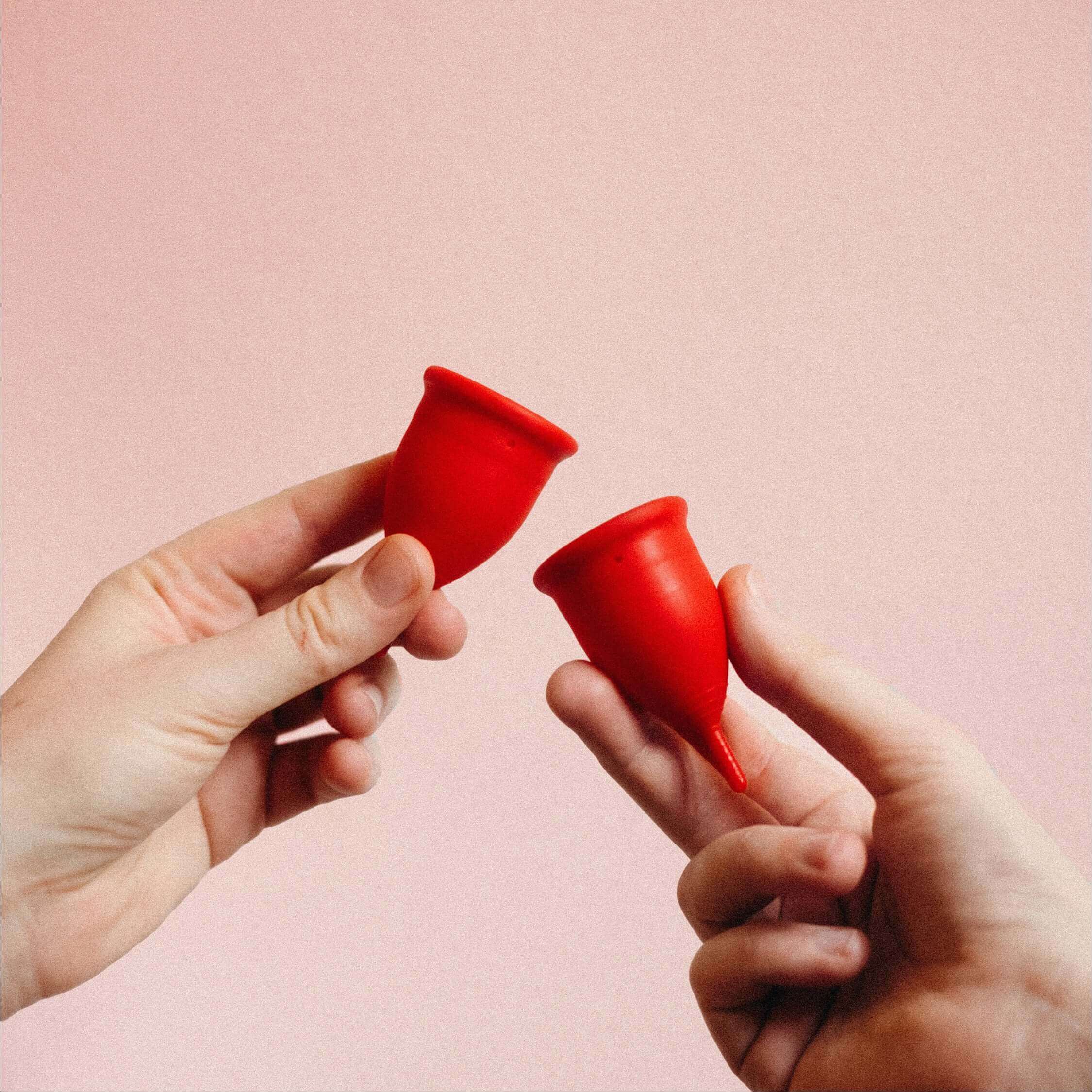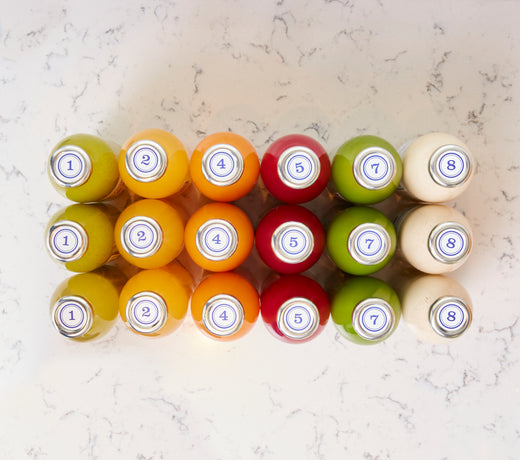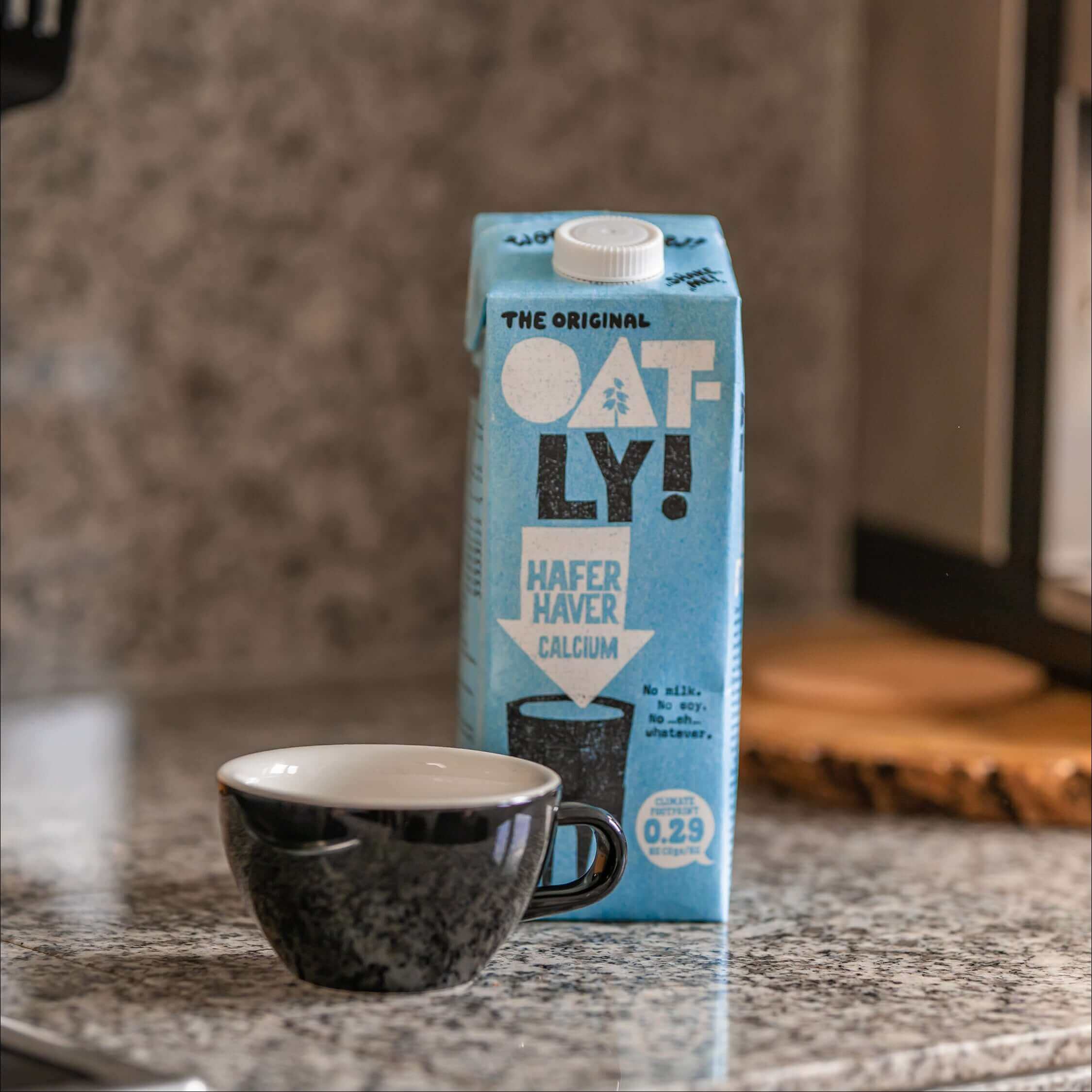PMS, Period Pain, & Hormones
Firstly, an apology to the male readers, this post won't be that relevant to you. However, if you have a girlfriend, partner or wife then I’d encourage you to read this anyway - I once heard on a podcast that female period pains activate the same pain pathways as if someone were to take your balls and squeeze them really hard. And this happens to nearly all women EVERY FOUR WEEKS. Have I got your attention now?
@grackingswell
You should not have to suffer with period pain (specific named conditions like endometriosis excluded from that statement, although that too is manageable).
Progesterone First of all let’s understand progesterone, because it’s the correct balance of our hormones that will lead to pain free, easy periods. Progesterone is considered to be the most protective hormone as it:
- Balances Oestrogen
- Is anti-stress
- Pro-thyroid
- Reduces Inflammation
- Promotes good sleep
- Helps regulate blood sugar
In many cases we aren’t actually producing enough progesterone to reap the benefits that therapeutic levels of progesterone have in the body. All of our hormones are made from cholesterol made in the liver and gut from saturated fats (yes, lol) and carbohydrates. Cholesterol is converted into a hormone called pregnenolone but only if there’s enough T3 (a thyroid hormone), Vitamin A and sunlight. Pregnenolone is then converted into progesterone, DHEA and cortisol. A few points to note here: the cofactors for this reaction to take place are T3, Vit A and sunlight…

Great for a body and mental reset
"Needed a bit of reset, both mentally and physically and this did just the job. It’s made me revaluate my relationship with food, I feel lighter and my skin is brighter. Will definitely be doing one of these again, maybe in January when I need another reset after the Christmas season! Thanks so much!"
- The Signature Cleanse, Stefanie F.
SHOP CLEANSES

- Meat free, vegetarian and vegan diets are void or low in preformed vitamin A (retinol). Vit A is why I eat liver, it’s the best dietary source of it. We cannot get this retinol (the active form of Vit A) from plant based sources alone.
- Many of us are not getting enough unadulterated sunlight.
- Always worth checking your Thyroid function with a simple blood test to make sure you have adequate T3.
Oestrogen
Right, so now that we know how protective progesterone is, and how important the delicate balance is between hormones in order to keep things running smoothly, let’s now look at Oestrogen.
Oestrogen is important for fertility, healthy bones, skin and so much more but it’s also a driver of common health issues like migraines, PMS, painful, heavy and clotty periods, endometriosis, fibroids and more.The issue here is that our lifestyle these days is geared towards oestrogen dominance because we are surrounded by exogenous (outside of the body) oestrogens in our environment:
- Pollution
- Medications
- Plastics (eg food wrap, drinking bottles etc)
- Cleaning products used in the home
- Cosmetics
- Cookware
- Food storage

These xenoestrogens, as they’re known, get stored in our fat tissues and bind to our hormone receptors mimicking the action that oestrogen has. The result of this is that the oestrogen we produce ourselves also gets stored in our fat cells because there’s already something that looks like oestrogen sitting on and taking up all the receptor space. When we add to this picture low progesterone, a sluggish metabolism, slow liver detox (again very common due to our lifestyles), we end up with oestrogen dominance because not enough of it is getting excreted.
So what can you do?
- Eat a real, wholefood diet with lots of healthy fats, animal protein and a massively huge and diverse array of vegetables.
- Make sure to include the brassica family of veggies every day (sprouts, cabbage, cauliflower etc). These contain Indole-3-carbinol which supports the liver’s detoxification process through stimulating the enzymes required to remove toxins and hormones from the body. Indole-3-carbinol has been shown to selectively bind to oestrogen receptors, which has a regulatory effect on oestrogen levels.
- Make sure you are pooping at least once a day, excess oestrogen is excreted via this route too! If oestrogen hangs around in the bowel too long (in cases of constipation), it can get reabsorbed back into our circulation.
- Have a raw carrot every day - the specific fibres in carrots bind to oestrogen and help it be excreted from the body.
- Clean your environment up, natural cosmetics only, no plastic cookware or storage containers, natural cleaning products for your home etc.
- Balance blood sugar - I haven’t really gone into this here but reducing sugar in the diet is massively supportive of better hormonal balance and reduced PMS and period pains. Check out this post for more.

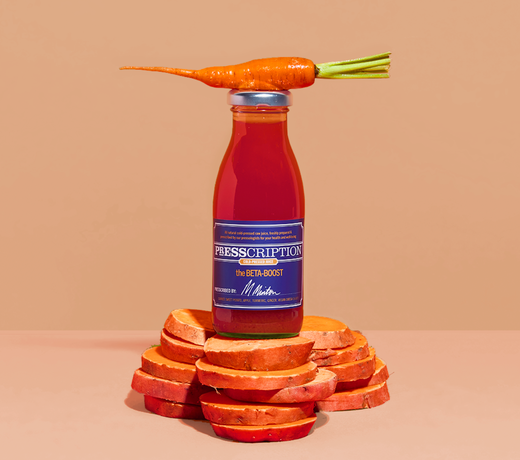 Why Presscription?
Why Presscription?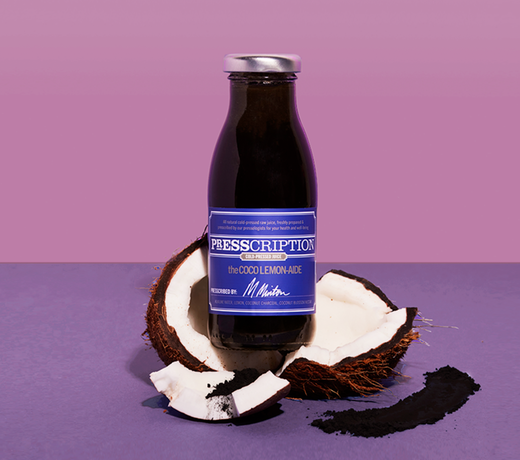 Why Cleanse?
Why Cleanse?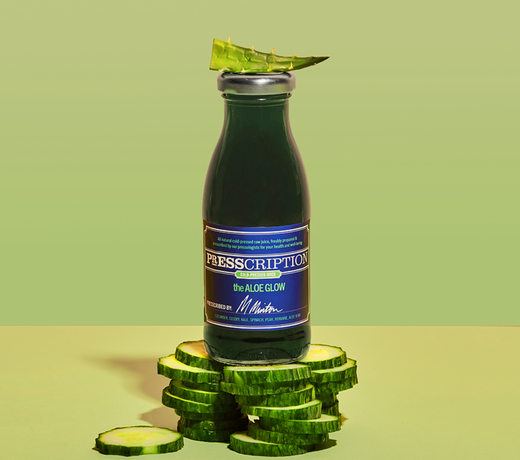 Cleansing Tips
Cleansing Tips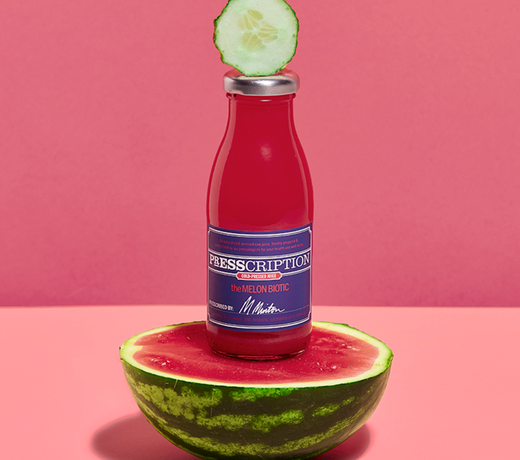 What's Pressing?
What's Pressing?